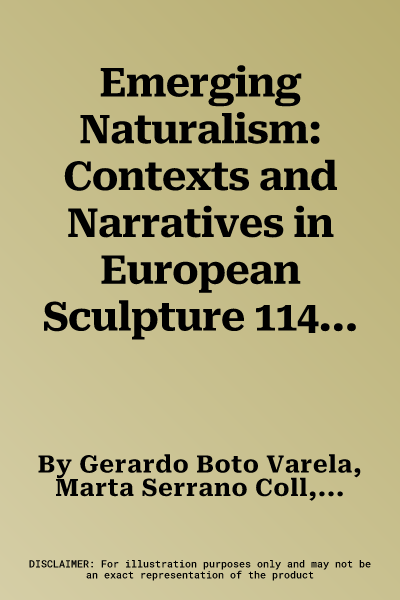For many decades, specialists in Romanesque and Early Gothic art and
architecture have questioned the usefulness of traditional stylistic
terminology. It is regarded as having limited relevance insofar as it
fails to reflect the complexity and plurality of the period under
discussion. Nor does it embrace functional, formal or iconographic
specificities. Despite these deficiencies, we still have no better way
of referring to the art of the period than Romanesque, Late Romanesque
or Early Gothic which we make yet more cumbersome by adding a
geographical or political term. Of the various media which were affected
by artistic innovation in Europe during the second half of the 12th
century, particular attention has been paid to stained glass, manuscript
illumination, metalwork and enamel. Monumental sculpture was equally
subject to profound change during the period, in addition to developing
in directions that were largely independent of other media. As a result,
late Romanesque sculpture extends across the period from 1140 to 1220,
from Saxony to Galicia, though it is still impossible to encapsulate in
a single statement what this complex network represented. However, the
attainment of a compelling naturalism does seem to have been a shared
aspiration among Latin European sculptors. Emerging Naturalism:
Contexts and Narratives in European Sculpture 1140-1220 offers a
panoramic analysis of this artistic landscape, focused on a central
issue in medieval European artistic production. To narrow this field of
study, the book concentrates on the innovations and solutions adopted in
the great church workshops of western Europe.

